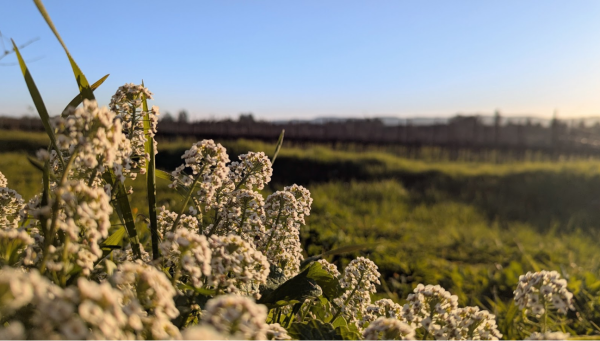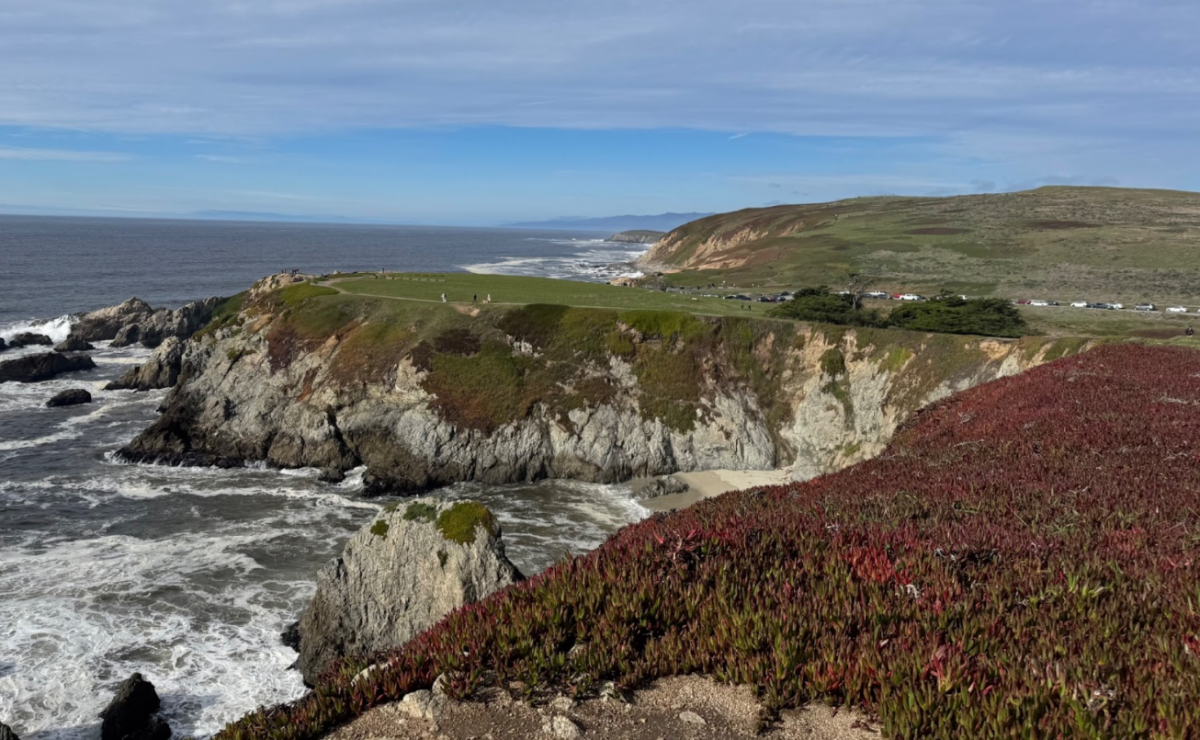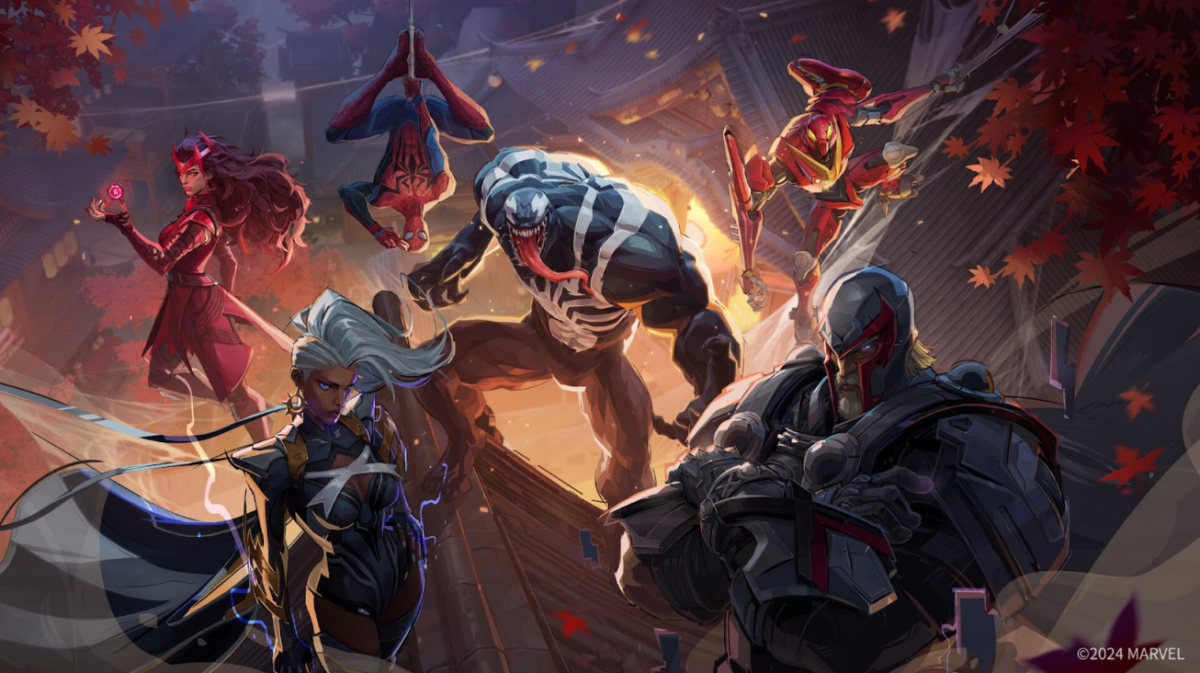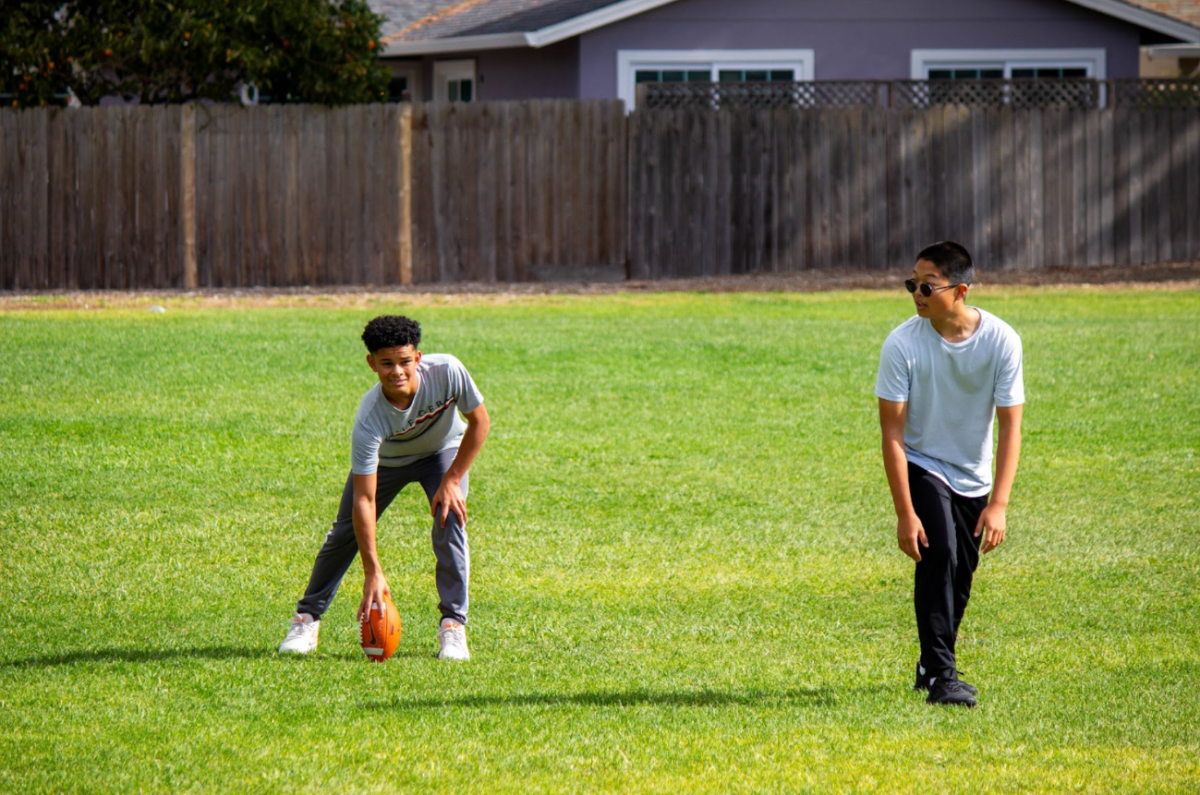Now that winter has come and gone, spring is here and rolling in with a fresh breeze. Flowers are blossoming, the sun is beaming, and the trees are growing back their lush foliage. Spring ushers people into brighter, energetic moods, and serves as a symbolic time for new beginnings and hope; this can be seen in both human and animal lives.
The activities most people partake in are spring cleaning, going on hikes, walking through nature, having picnics, and overall spending more time appreciating the warm, beautiful changes in our environment.
This deeper meaning of spring can connect to many animal species’ routines during this time as well. A wide variety of animals, including bears, skunks, bumblebees, hedgehogs, snails, snakes, and wood frogs go through hibernation during the winter months and wake up in the springtime.

According to National Geographic, hibernation is a longer form of “torpor,” which is “a state of reduced physiological activity” that is usually observed by a “lower metabolic rate and body temperature.” When animals go to sleep in the late fall, they go into a state of hibernation and their metabolism lowers to less than five percent of normal. This means that their heart rate slows, they take significantly fewer breaths, and don’t need to eat or drink anything for around four to seven months.
While many types of animals go through this long slumber during the winter months, we humans keep moving forward with our lives, even though many of us go through similar mood shifts and energy decreases to the animals who hibernate.
Humans cannot hibernate because we descend from tropical primates, but we do go through a very minimal version of hibernation, where people spend more time indoors and recharge their energy once it is warm again. Some people even go through seasonal depression during these cold months, and according to the American Psychiatric Association, five percent of adults in the US have been diagnosed with this condition, and it can last for about 40 percent of the year.
This is just one example of how we experience winter, but there are also many different ways people spend these colder months. Some people may go on a vacation to somewhere tropical, some others may be fond of the cold and take advantage of all the joy it has to offer. There is not just one way to go through the wintertime, but there is a noticeable change in behavior for many people, which can lead to an interesting similarity between our species and those of the hibernating animals.

This “winter blues” mood shift we experience is not hibernation by any means, but it can be compared to the process and observed as a parallel across the lives of humans and animals.
Once the days get longer and warmer, more food sources are available, and spring comes around again, animals wake up from their hibernating and greet the world. This is their fresh beginning to a new year and all the animals return to their happy little critter lives. The animals’ way of ending the winter season serves as an addition to the parallel between our own lives and the way that animals live; many of us also go through an awakening in the spring and greet the newly blossoming world with excitement.
People and animals differ as individuals and as different species, but we are all connected through our shared behaviors through the environment around us. Trees will shed their leaves and start over with new growth in the springtime. Animals will go to sleep for all of winter and wake up to a new world with more resources. Humans collectively rejoice and celebrate the coming of the new season of hope when it arrives.
Spring is a time of new beginnings for all and it is beautiful how everything around us projects this feeling of freshness and starting over.




























